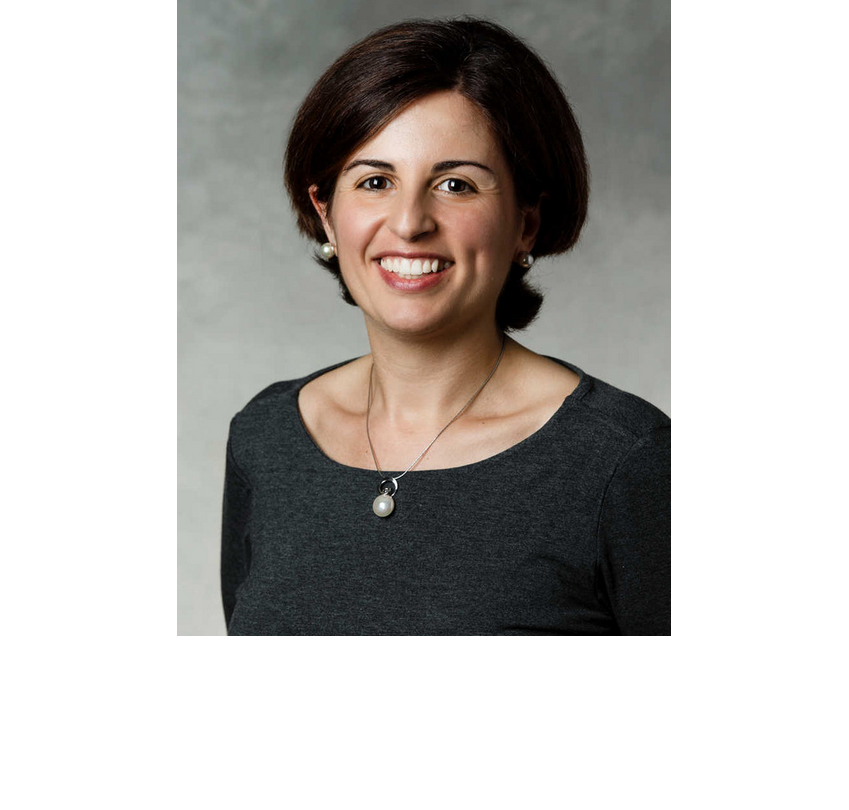This "Outside Consultant" column by Dan McLaughlin, senior executive fellow at the Opus College of Business, ran in the Star Tribune on April 18, 2022.
The COVID-19 pandemic has forced most industries to reimagine their business models. For Minnesota’s health care systems, the necessity of implementing new models of care has accelerated change; these changes are now transforming them into business ecosystems. Ecosystems are a set of disparate initiatives combined to deliver consistent value to the customer. Disney is a prominent example that uses its multichannel brand with theme parks, movies, streaming, cruises, toys, apparel and games to consistently deliver a high-quality product. The transformation of health systems to ecosystems can be a model for any business as they contain three key strategies.
Creating seamless consumer engagement is a fundamental strategy of successful ecosystems. Health systems have spent significant money and leadership in implementing digital health records systems for operational effectiveness. They are now emulating leading online retailers and adding sophisticated consumer interfaces that will more easily connect consumers with their own data, provider communications, scheduling systems, pharmacies and many other clinical services.
Broadening the reach of the service delivery model is also a critical strategy. The site of health care is changing, and the home is increasingly being used to provide clinical services. Telehealth services blossomed during the pandemic, and it is projected that those health systems that adopt the ecosystem model will deliver approximately 25% to 40% of outpatient care remotely in the future. New home-based clinical monitoring devices are being deployed widely and the use of technology to enable “hospital at home” is expanding and is now being used by Minnesota systems and over 150 hospitals nationally.
Implementing a comprehensive information technology platform is the third essential strategy for creating a new ecosystem. For example, Mayo Clinic has entered into a long-term relationship with Google to house their data in Google’s health cloud. They are also using Google’s AI and advanced analytics tools to integrate information from all data sources to provide a comprehensive picture and suggested actions for both the patient and their doctor.
While challenges remain in the shift to health care ecosystems, the symbol of health care is moving from the stethoscope to the cellphone. Health ecosystems are the vehicle for the next generation of health systems, and they will be providing Minnesotans with increased convenience, engagement and long-term health. The three key strategies can support any business moving to an ecosystem.
Dan McLaughlin is a senior executive fellow at the University of St. Thomas Opus College of Business.







